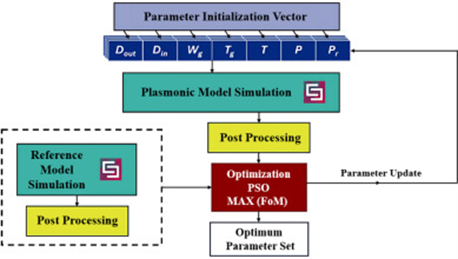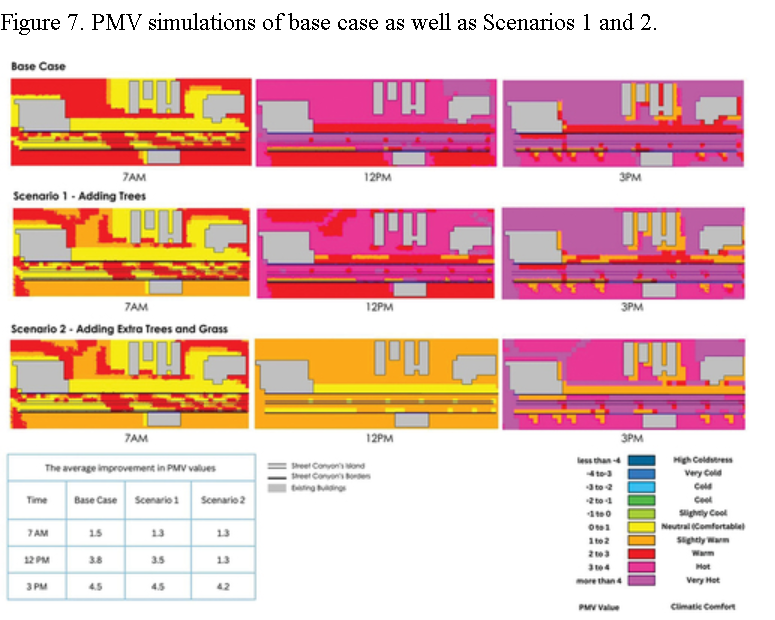

VoIP performance evaluation over IPv4-6 and manually configured tunnels
IPv4 address space is exhausted. Internet Engineering Task Force (IETF) developed IPv6 -the upgrade of IPv4- to satisfy the continual increase of the IP address needs. The Internet is so ramified and enormous that the complete transition from IPv4 to IPv6 is slow. Therefore, their coexistence is inevitable. Manually configured tunnels are an important solution to allow this co-existence that allows transmitting native IPv6 packets over IPv4 networks. Meanwhile, VoIP is also gaining momentum with expectation to occupy considerable percentage of Internet traffic. In this paper, we compare the Voice over Internet Protocol (VoIP) network performance delivering Real-Time Quality-of-Service over manually configured tunnels versus conventional IPv4 and IPv6 networks. The measurements are collected out of probing a single call transferred over a network congested with HTTP, FTP or Video. The comparison performance criteria are jitter, network delay, throughput and packet loss percentage. Also the call user satisfaction is assessed by Mean Opinion Score. © 2013 IEEE.



